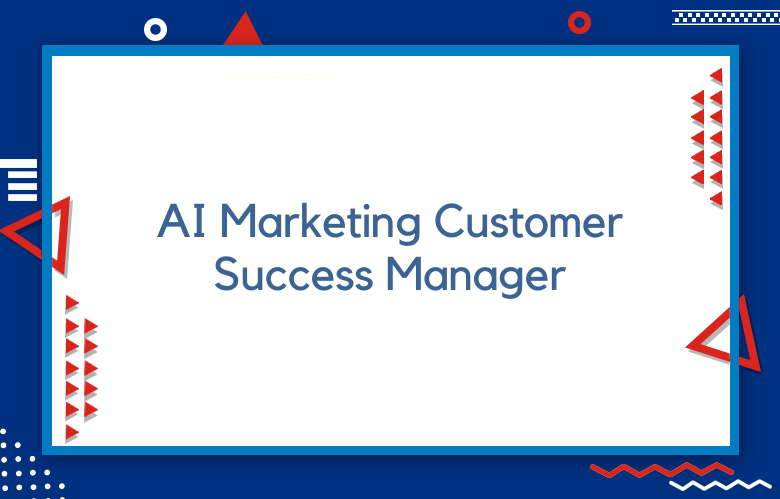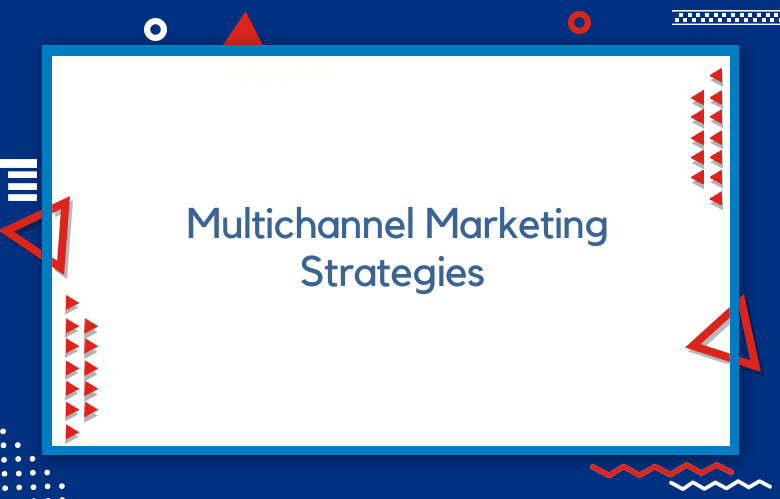Chief Insights and Analytics Officer: The Rise of the Chief Insights & Analytics Officer

The Chief Insights and Analytics Officer (CIAO) will be the primary strategic and operational thinker for our insights initiatives while being a thought leader on how disruptive technologies shift the balance between incumbents and disruptors in the marketing ecosystem.
Chief Insights and Analytics Officer: The Rise of the Chief Insights & Analytics Officer
For simplicity, the Chief Insights & Analytics Officer (CIAO) analyzes the data to learn what is happening and why and helps craft a solution that will lead to outcomes.
In addition, the CIAO is often responsible for running the data warehouse, which collects all necessary information and uses advanced analytical tools to mine actionable insights.
What does a Chief Insights and Analytics Officer do?
The role of a Chief Data Analytics officer is often seen as something of a “new” job category.
A Chief Data Analytics officer is generally responsible for measuring data use and recommending actions.
A Chief Data Analytics officer ensures that the company’s data infrastructure and data science team are robust enough to execute its data-driven strategy.
A Chief Data Analytics Officer (CDO) is in charge of making data-driven decisions for an organization.
The Chief Data Analytics officer oversees all the company’s analytics needs, ensuring that all business units have access to information about customers so they can customize their offerings and improve service.
The Chief Data Analytics Officer heads the department and oversees all company data analytics.
The chief data analytics officer gathers data science insights from the team and implements them in the company. The Chief Data Analytics Officer also sees that the company has the tools, talent, and infrastructure to stay current with business and consumer needs.
What does an Insight Officer do?
An insight officer is a person who gathers and analyzes information relating to the emotions, hopes, fears, and desires of customers.
An insight officer studies the thoughts and behavior of human beings.
An insight officer works to get insights into different aspects of the business.
An insight officer is a liaison between marketing and customer service.
An insight officer is an analyst who researches and identifies consumer motivations.
An insight officer obtains and synthesizes information.
To whom does the chief analytics officer report?
To whom does the chief analytics officer report?
The chief analytics officer is responsible for analyzing data and making predictions.
Several titles are used for the person responsible for analytics, including big data officer, chief data scientist, chief data officer, and chief analytics officer.
The chief analytics officer reports to the CEO of the company.
The chief analytics officer’s job is to monitor the company’s gut instincts.
The chief analytics officer is responsible for predictive algorithms and data acquisition.
The Impact of Artificial Intelligence on the Chief Insights and Analytics Officer
The Rise of the Chief Insights & Analytics Officer
In the corporate world, we are witnessing a rise of curiosity-driven research in the form of Chief Insights & Analytics Officers. This is because, in many cases, the strategy currently relies on intuition rather than data-driven insight.
Businesses are beginning to give significant responsibilities to an executive they call the Chief Insights & Analytics Officer.
The rise of celebrity CEOs has been matched by the rise of Chief Insights & Analytics Officers (CI&AOs) in marketing.
Somewhere in your organization, a Chief Insights Officer is working hard and playing an important role.
The Chief Insights Officer is a relatively new position, showing companies’ interest in using data for insight.
Even if you have a Chief Marketing Officer, that doesn’t mean they’re necessarily doing good insights and analytics work.
What role will the Chief Analytics Officer play in shaping your organization?
Introducing one Chief Analytics Officer structure can change an organization’s culture.
Chief Insights & Analytics Officer Roles & Responsibilities
Creates a common strategy for turning big data into a competitive advantage
Partners with the CMO to develop business strategies that leverage data sources
Leading, Planning, and Executing Insights
Leadership & Management Roles in B2B Sales & Marketing Teams
The role of a sales leader is much more than just getting the sale done.
The responsibilities are diverse and variable. For this reason, the best leaders can identify each unique opportunity and be flexible with the tactics to meet it.
In the past, the insight officer was primarily responsible for qualitative insights that led to actionable recommendations. Today, this role adapts to a rapidly changing marketplace.
- Understanding the consumer’s current and future needs
- Measuring the effectiveness of campaigns
- Creating customized content
- Driving online conversions
- Implementing positioning strategies
- Work closely with the C-suite
- Work with the VP of Sales
- Work with Business and Marketing teams
- They identify a need for a change in consumer preferences
- They develop and deploy analytic tools
- They ensure that analytics standards are established and implemented
- Digital Business Transformation and Analytical Leaders
- This is a revenue-generating role, not cost-reduction
- Don’t just be a “decision science” or data scientist
- Everything (platforms|products| and processes) should be designed to optimize how humans and technologies interact.
At this level, the application’s value is in the analytic insights available to decision-makers using other applications.
Inspire and rally the team.
Spearhead analytics initiatives
Engage customers across demographic groups
Develop customer understanding
Drive insights-driven revenue growth initiatives
Set the analytics agenda
Collaborate with cross-company stakeholders
Conclusion
Being at the helm of your company’s insights and analysis means you need a creative and analytical mindset.
It’s an exciting time for professionals passionate about data analytics and insights!
The Chief Insights & Analytics Officer role will be increasingly important as companies become more data-driven.
Companies realize the need to view data strategically to ensure solid returns on insights.
Call: +91 9848321284
Email: [email protected]



